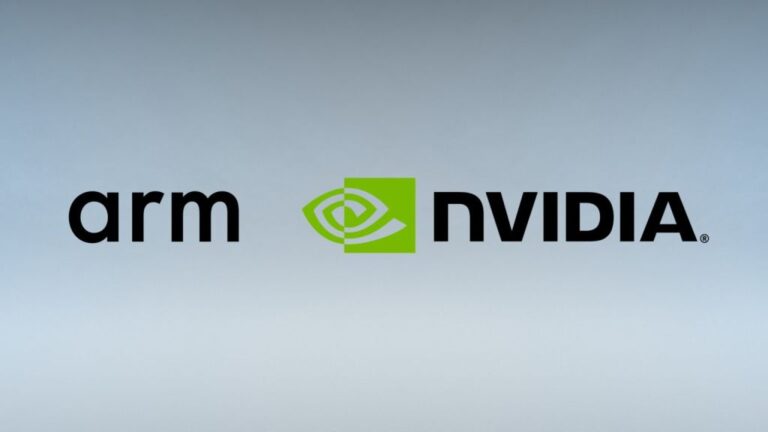
AMD currently trades for a price-to-earnings multiple of 40 times expected earnings next year. There's a debate as to how much of this growth is already factored into the current valuation. Investors are buying the shares on hopes that the company's recent success is sustainable. Since Intel's delay issues surfaced, AMD's stock price has shot up nearly 200% just since April of this year. This could significantly shift the value proposition in NVIDIA's favor and allow it to regain share. NVIDIA's previous-generation cards, such as the GTX 1080 Ti and GTX 1080, were already comparable to the most powerful AMD Radeon cards, but the introduction of Turing may cause the prices of NVIDIA's older cards to fall, as new technology typically does. Second, NVIDIA just launched its Turing RTX graphics cards, which gives NVIDIA a very competitive GPU lineup. While AMD's computing and graphics segment still posted a 64% year-over-year increase in revenue, there was a slight decline sequentially due to lower GPU revenue sold to the blockchain market. But AMD may have seen its peak.įirst, cryptocurrency demand contributed about 10% to AMD's first-quarter revenue, but that demand started to fade in the second quarter. AMD has made big gains against its GPU rival that saw NVIDIA's share of the discrete add-in board market fall to 63% from as high as 72.5% last year. The only short-term speed bump in AMD's path is NVIDIA.

Long term, AMD estimates its addressable market in data center to be $25 billion. Mercury Research estimated that AMD generated over $50 million in revenue from sales of its EPYC server chips in the last quarter, and that was just for reaching a 1% share of the server market. If that happened, it could potentially be game-changing for AMD. Intel is bracing for potentially bigger losses to its smaller rival. There could be further gains once its 7-nanometer server chip launches in 2019.

AMD's management believes they are on track to reach mid-single-digit share of the server market by the end of the year. The company has a golden opportunity to capitalize on Intel's production delays of its 10-nanometer chips. This might just be the beginning for AMD. However, AMD was able to grab 1% share in the second quarter with its EPYC server chips, which management claims are faster than Intel's Xeon server chips. Over the last year, Intel generated $21 billion from its data-center group. Up to this point, Intel's server processors have dominated the fast-growing data-center market with 99% share. That performance has the company on track to generate $0.47 in non- GAAP earnings per share this year, according to analysts' estimates. After growing revenue 23% in 2017, the company reported a blowout second quarter in which revenue grew 53% year over year.

AMD's latest quarter reveals a company on fire.


 0 kommentar(er)
0 kommentar(er)
